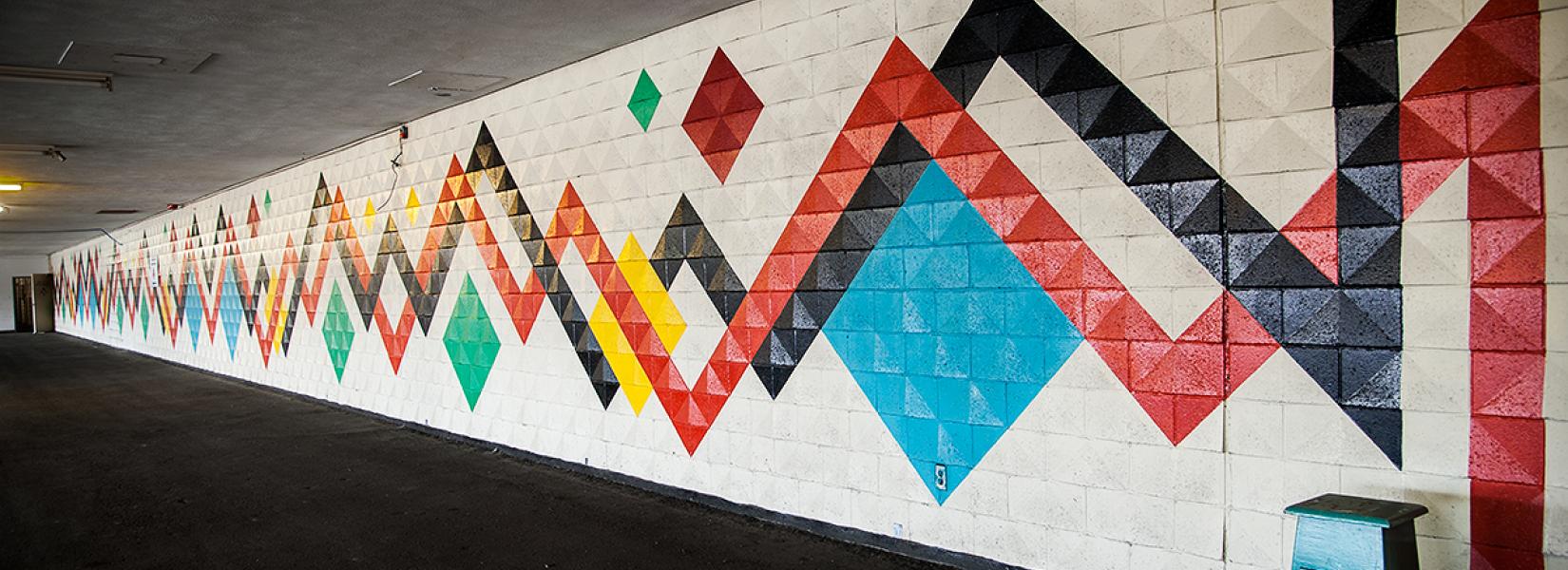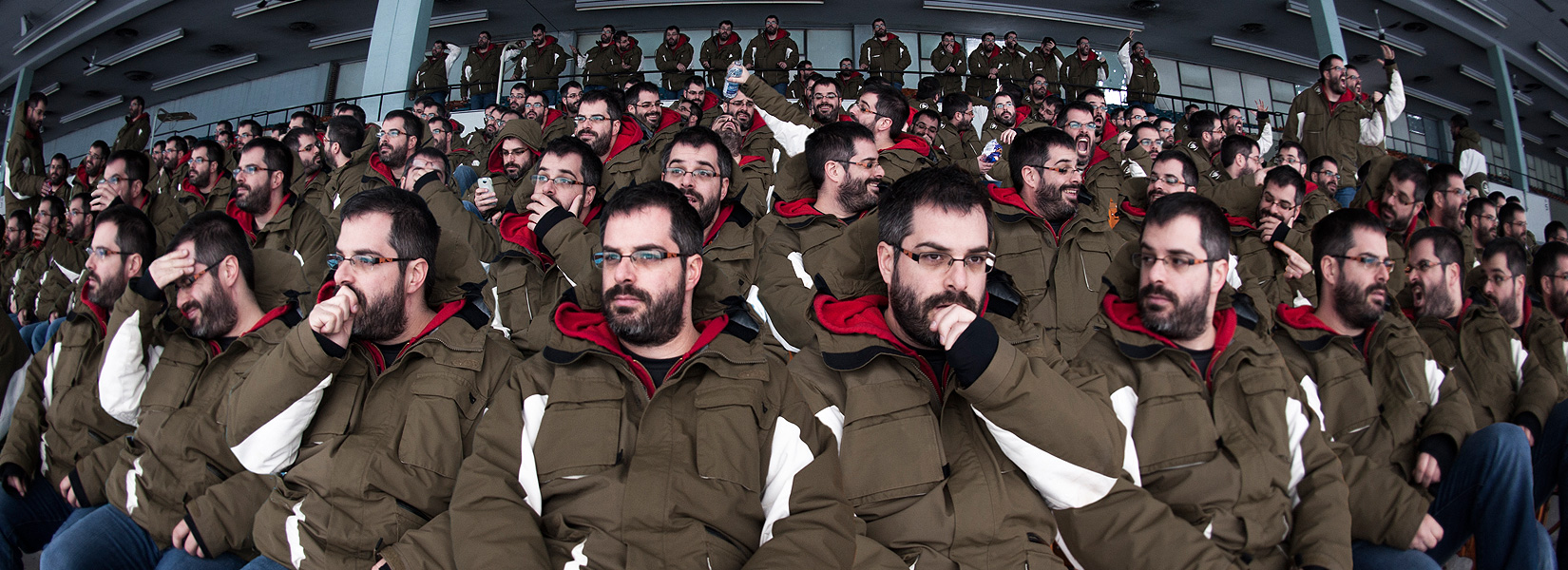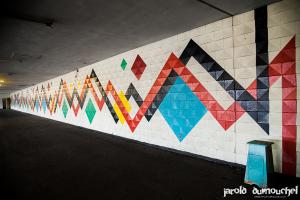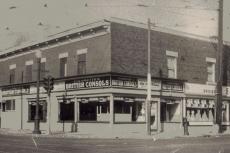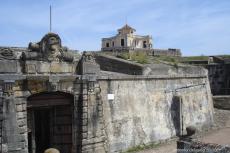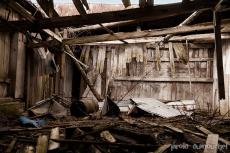What began in the late 1980s as a convenience store with a small corner restaurant has become an institution when it comes to catering in the neighborhood. Clo got up every morning at 4:00 to take care of business. To meet the...
The abandoned Blue Bonnets Raceway
A never-ending saga
Blue Bonnets racetrack saga is not about to end anytime soon. One of the main topic of Montreal 2013 election was the huge eco-friendly residential project that politicians wanted to implant on the former racetrack site. Despite the fact that the buildings who will be destroyed are under surveillance 24 hours a day and seven days a week, optimistic observers aren’t expecting to see the first brand new building before 2017. Meanwhile, many promises will probably be forgotten…
The origins of the Montreal Hippodrome
In 1872, the first site of the Blue Bonnets racetrack is built on a farm in Ville Saint-Pierre at the limits of Montreal West. The site was cut in two by the construction of the Canadian Pacific railway in 1886, so Montreal’s high society was looking for a new site. In 1907, two years after founding the Montreal Jockey Club, John F. Ryan founded the Blue Bonnets Raceway on its current location, Decarie Boulevard. 3,000 guests were expected for the grand opening on June 4th, 1907.
In 1932, Leo Dandurand bought Blue Bonnets with two partners. The businessman was perhaps most famous as one of the owners of the Montreal Canadiens hockey club between 1921 and 1930. He and his partners paid the club $ 11,000 and won the Stanley Cup three times (in 1924, 1930 and 1931). Also, he co-founded the Montreal Alouettes in 1946, a Canadian football club.
In 1958, the racetrack changed ownership again. Jean-Louis Lévesque, one of Quebec's most influential businessmen in the 1940s and 1950s, invested several million of dollars in new facilities to accommodate 12,000 spectators. The stables were also expanded to accommodate more than a thousand horses.
Less than seven years later, the racetrack is sold to Paul Desmarais, CEO of Power Corporation, who will sell it again in 1970 when racing thoroughbreds stopped and marked the decline of the horse racing industry.
In the 1990s, the financial difficulties of the site forced the ‘Société d'habitation et de développement de Montréal’ (SHDM) to take control of it. Also, the mention of the possibility of building the Montreal Casino on this site caused dissatisfaction inside the horse associations. If some of them believed that it could be a good idea to regroup gaming facilities on a unique site, others saw it as a threat to their sport.
The Casino de Montreal is finally inaugurated in 1993 in the former pavilion of France and Quebec on Notre-Dame Island, where the 1967 Universal and International Exhibition was held. Meanwhile, the racetrack continued its descent into hell.
From 2007 to 2009, Hippodrome Blue Bonnets got its ultimate breath. Its owner, Senator Paul J. Massicotte, received several subsidies from Quebec Government to keep the industry above water.
In 2009, the site was finally abandoned and multiple projects were set in motion to revitalize the sector. To this day, only a small portion of the 43.5 hectares went under zoning modifications to allow construction of commercial spaces. For the rest, nothing has changed in the last few years.
Related content
Located in the parish of Alcazaba about one kilometer from the town of Elvas in Portugal, the fortress Our Lady of Grace, better known by the Portuguese as the Forte de Nossa Senhora da Graça or Forte Conde de Lippe, this is a imposing building...
Regions are getting empty. Everybody knows, everybody says so. Farms are becoming larger and they become (over) specialized. At the last century they were self-sufficient and beyond culture, they had cows, pigs, chickens and more. Today, this is...
The Madeleine islands are an eleven islands archipelago in the middle of the Gulf of St. Lawrence. While most are interconnected by bridges or dams, some are isolated and far away from the main land.
The islands are known for their...

